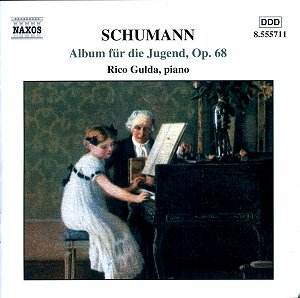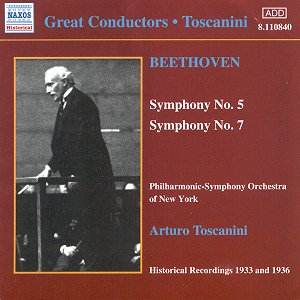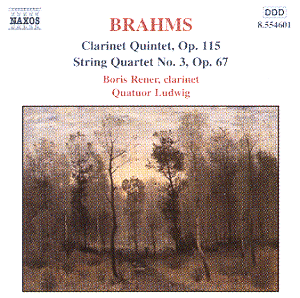 Composer: Robert SCHUMANN
Composer: Robert SCHUMANN
Works: Album für die Jugend, Op. 68
Performer: Rico Gulda, piano
Recorded: December 2000, Bösendorfer Hall, Vienna
Label: NAXOS 8.555711
Duration: 76:09
Robert Schumann’s Album für die Jugend, Op. 68, composed in 1848 for his eldest daughter, Marie, is a collection of charming pedagogical pieces that embody the dichotomy between childlike innocence and the complexities of adult emotional expression. This work, while ostensibly simple in its technical demands, serves as a profound exploration of the musical psyche, thus inviting varied interpretative approaches. Rico Gulda’s recent recording, produced in the acoustically generous Bösendorfer Hall in Vienna, offers an intriguing perspective, though it ultimately strays from the ideal balance of simplicity and depth inherent in Schumann’s vision.
From the outset, Gulda’s interpretation of the opening Melodie reveals a certain arch quality; he imbues it with a tenderness that, while heartfelt, occasionally tips into sentimentality. The piece, characterized by its flowing lines and gentle syncopation, requires a delicate touch and nuanced phrasing to navigate its emotional undercurrents effectively. Here, Gulda’s approach is marked by a tendency toward over-emphasis, which, while aiming to bring out the music’s expressive potential, risks overshadowing its intrinsic simplicity. Historical recordings, such as Daniel Blumenthal’s interpretation on Calliope, present a commendable contrast; Blumenthal’s clarity and restraint allow the piece’s lyrical qualities to shine through unencumbered by excessive rubato.
Gulda’s performance shines in works like Reiterstück, No. 23, where he exhibits a vibrant brio and an infectious energy that captures the playful spirit of the piece. However, in comparison to Blumenthal’s steadiness and more balanced accents, Gulda’s interpretation occasionally veers towards a thunderous excess that detracts from the piece’s elegance. Blumenthal’s steadier tempo facilitates a more cohesive musical span, an essential element that enhances the listener’s engagement with the work’s thematic development.
Moreover, the third piece in the second book, marked with three stars—a designation indicating its pedagogical importance—feels somewhat faceless in Gulda’s hands. This lack of character is particularly evident when juxtaposed against the interpretive richness found in other recordings. One might observe that Gulda’s phrasing, while often technically proficient, occasionally lacks the Schumannesque acuity required to convey the nuanced emotional architecture that Schumann so deftly constructed. The subtle interplay of light and shadow intrinsic to these pieces demands an interpretative maturity that Gulda, despite his evident pianistic pedigree, does not consistently achieve.
The recording quality itself is commendable; the warm acoustic of Bösendorfer Hall envelops Gulda’s piano sound with a rich halo that enhances the overall listening experience. However, the engineering choices sometimes amplify Gulda’s more forceful accents at the expense of the quieter, more introspective passages—a choice that may mislead the listener into perceiving an exaggerated sense of drama where simplicity would suffice.
In the historical context of Album für die Jugend, one must consider its significance not merely as a collection of children’s pieces but as a vehicle for Schumann’s exploration of familial love and the complexities of childhood. The work embodies a nostalgic longing that resonates with listeners of all ages, and as such, it demands an interpretative approach that honors its duality.
In conclusion, while Rico Gulda’s recording of Album für die Jugend offers moments of genuine musicality and exuberance, it ultimately lacks the interpretative depth and simplicity that Schumann’s music so richly deserves. As one reflects on this recording, it serves as a reminder of the delicate equilibrium required in interpreting works that straddle the line between childlike wonder and profound emotional truth. For those seeking a more nuanced engagement with Schumann’s intentions, recordings such as Blumenthal’s provide a more illuminating alternative.



